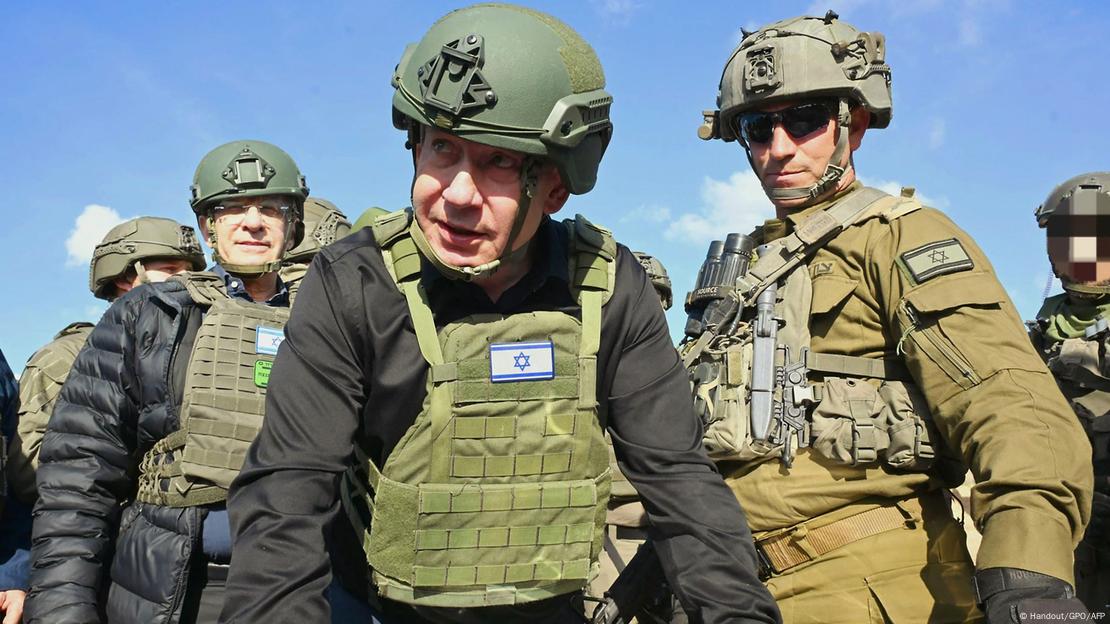Israel’s longest war since its creation drags on interminably, with no end in sight. Speaking of the 18-month-long conflict in the Gaza Strip a few days ago, Prime Minister Benjamin Netanyahu said he has no intention of finishing it any time soon.
Acknowledging that indirect talks with Hamas on ending the war and freeing the remaining hostages are currently at an impasse, Netanyahu said he would not call an end to hostilities until Israel destroys Hamas and ensures that Gaza can no longer be used as a platform to attack Israelis.
Netanyahu has also demanded Hamas’ disarmament, but Hamas is unlikely to lay down its arms.
In his speech on April 19, he said, “As a nation that desires life, we have no alternative other than to continue fighting for our existence until we achieve victory.”
If Israel “does not complete the destruction of Hamas’s military capabilities,” and Hamas continues to govern Gaza, Israel could well be faced with a future Hamas assault and accompanying hostage crisis, he warned.
In closing, he said, “Leaving Hamas in charge in Gaza would be a massive defeat for Israel and a massive victory for Iran.”
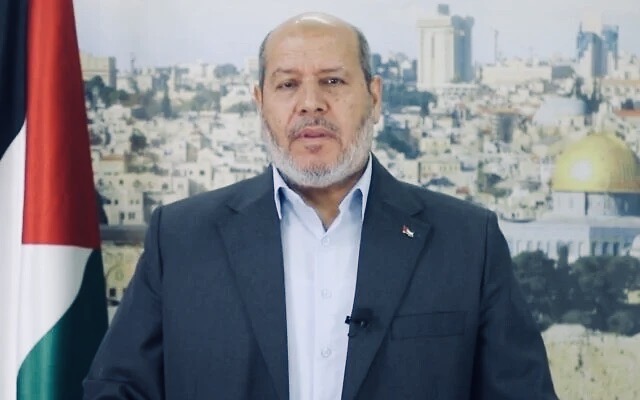
Netanyahu issued his somber warning two days after Hamas leader Khalil al-Hayya rejected an Israeli proposal for a 45-day truce, and a month after the collapse of a three-part ceasefire brokered by the United States, Qatar and Egypt in mid-January.
During its first phase, Israeli hostages and Palestinian prisoners were released. Netanyahu refused to transition to the second phase because he is not ready to declare a permanent end to the war or withdraw from Gaza.
Steve Witkoff, President Donald Trump’s special Middle East envoy, suggested that phase one should be prolonged, thereby absolving Israel of the requirement to abide by all the terms of the ceasefire.
Hamas insisted that phase two must be completed in full, saying that Netanyahu had set out “impossible conditions” and asserting that it would not agree to his policy of “partial deals.”
With Israel and Hamas completely at odds over how to proceed, Netanyahu ordered a blockade of humanitarian supplies into Gaza and resumed the war. Since then, about 1,800 Palestinians have been killed, bringing the Palestinian death toll to 51,000 since the eruption of the war a year-and-a-half ago.
The current war, the fifth since Israel’s unilateral withdrawal from Gaza in 2005, broke out after 3,000 Hamas terrorists stormed into southern Israel on October 7, 2023, killing roughly 1,200 civilians and soldiers and kidnapping 251 Israelis and foreigners.
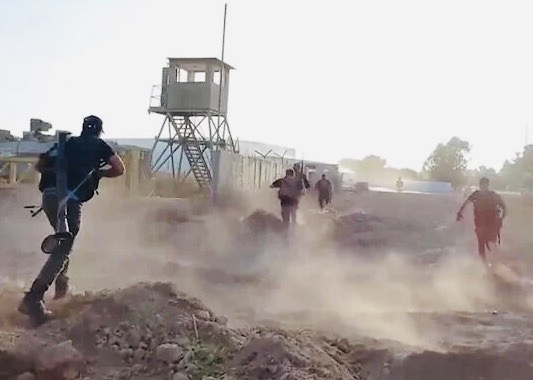
Yahya Sinwar, the then Hamas leader, regarded the invasion as a prelude to Israel’s destruction. In his estimation, Israel was a “monstrous entity.” Two years before he activated the plan, he sent a letter to Iran’s Quds Force requesting $500 million to carry it to fruition. Iran agreed to funnel the funds in monthly increments of $20 million. Sinwar’s letter was recently found by Israeli troops in a Hamas tunnel in Gaza.
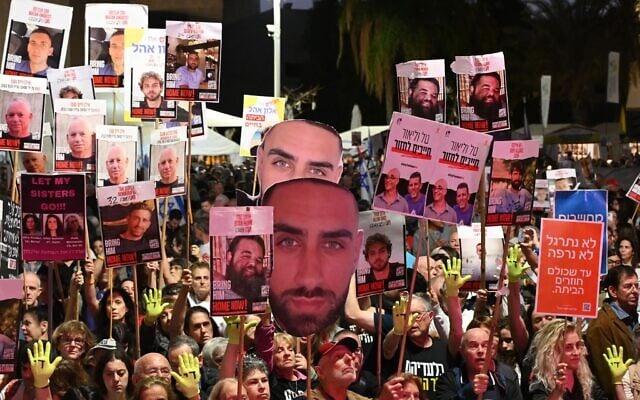
Initially, the war was widely supported in Israel, but in the last few months there has been a marked shift. The majority of Israelis now believe that the hostages should be Israel’s first priority. A recent opinion poll confirms this. Almost 70 percent of respondents said they prefer a deal to bring back the remaining 59 hostages, 24 of whom are believed to be alive, over continuing the war.
A growing number of military personnel, from air force pilots to army reservists, have publicly expressed discontent with the government’s failure to secure the release of the hostages.

One key member of Netanyahu’s cabinet, Finance Minister Bezalel Smotrich, disagrees with their position. On April 21, he said that Hamas’ destruction should be Israel’s “most important” goal. “We have promised the Israeli people that at the end of the war, Gaza will no longer be a threat to Israel,” said Smotrich, a vocal advocate of rebuilding Jewish settlements in Gaza.
In pursuit of this objective, Israel has divided approximately one-third of Gaza into security zones, which are off-limits to Palestinians. Defence Minister Israel Katz announced on April 16 that the Israeli army will remain there indefinitely.
Israel has created buffer zones in the Netzarim corridor, which cuts off Gaza City from the rest of Gaza; in the Philadelphi corridor, which runs along the Egyptian border, and in the newly-established Morag corridor, which is named after a dismantled settlement and which is intended to drive a wedge between Hamas’ Rafah and Khan Younis brigades.

Additionally, Israel has widened the buffer zone adjacent to its border with Gaza from 300 meters to two kilometers.
The creation of these buffer zones has displaced hundreds of thousands of Palestinians and led to the levelling of still more residential buildings in Gaza.
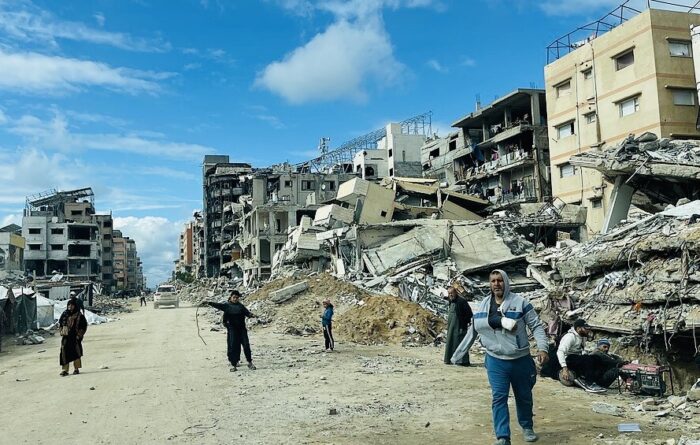
Israel’s official reason for occupying these areas is to pressure Hamas to sign a new truce that would facilitate the release of the hostages and compel Hamas to disarm. Yet, as Katz has implied, Israel’s overriding goal is to tighten its grip on Gaza so as to stamp out the possibility of another October 7.
Israel’s latest offensive in Gaza, which is designed to achieve this objective, has resulted in the death of one Israeli soldier, a Bedouin tracker who was killed on April 19 when Hamas detonated an explosive device on the side of a road. He was the 411th soldier to die in Gaza since October 2023.
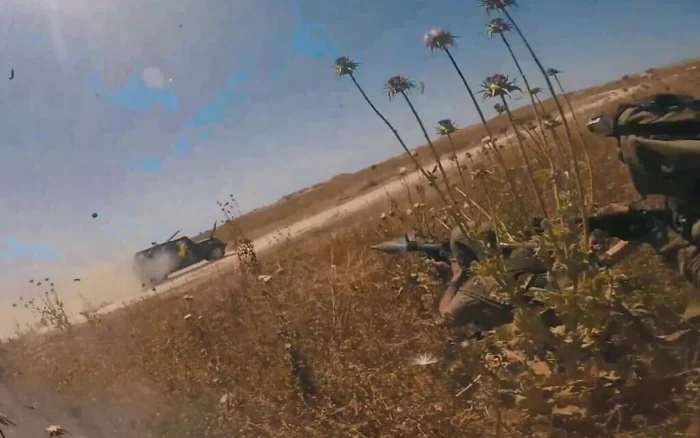
Since last week, Israel has killed several senior Hamas operatives.
Yahya Fathi Abd al-Qader Abu Shaar, who smuggled weapons into Gaza before and after October 7, and Mazen Ibraheem Mahfouz Farah, an Islamic Jihad operative who participated in the 2023 onslaught and directed terrorist attacks in Israel prior to that, were killed in airstrikes in Khan Younis.
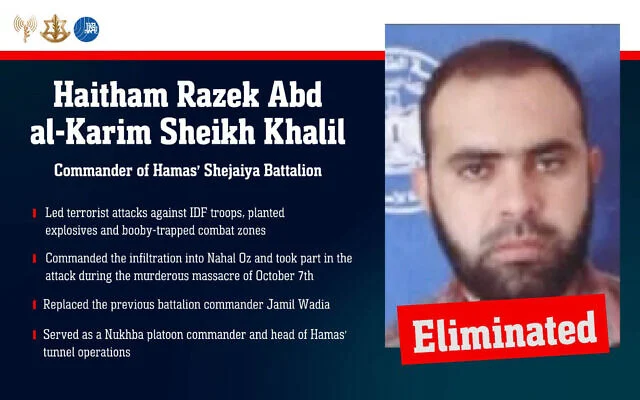
During the same period, Israel killed 12 Hamas operatives. One of them, Haitham Razek Abd al-Karim Sheikh Khalil, was killed in an airstrike in Gaza City. He was the commander of the Shejaiya Battalion, which spearheaded the attack on Kibbutz Nir Oz on October 7.
In further airstrikes on April 22, Israeli aircraft destroyed some 40 construction vehicles used by Hamas to breach the Israeli border on October 7 and to dig tunnels and plant bombs during the war.
These strikes, while physically and psychologically damaging, have not deterred Hamas or Islamic Jihad, both of which have continually replenished their ranks after losing 20,000 of their foot soldiers and commanders in combat.
Hamas and Islamic Jihad are resilient enemies, but they have been seriously degraded and are no longer capable of launching attacks on a massive scale. Nevertheless, contrary to Netanyahu’s contention, Israel has been unable to free the rest of the hostages through military operations.
This objective can only be achieved through an internationally-sanctioned diplomatic process that removes Hamas as a governing entity in Gaza, dismantles its military wing, exiles its political leaders, and offers the Palestinians a genuine chance at statehood in Gaza and the West Bank within the framework of a peace agreement with Israel.
Netanyahu’s government opposes this complicated but practical solution, which means that the quest for peace and stability in Gaza will be extremely elusive.
